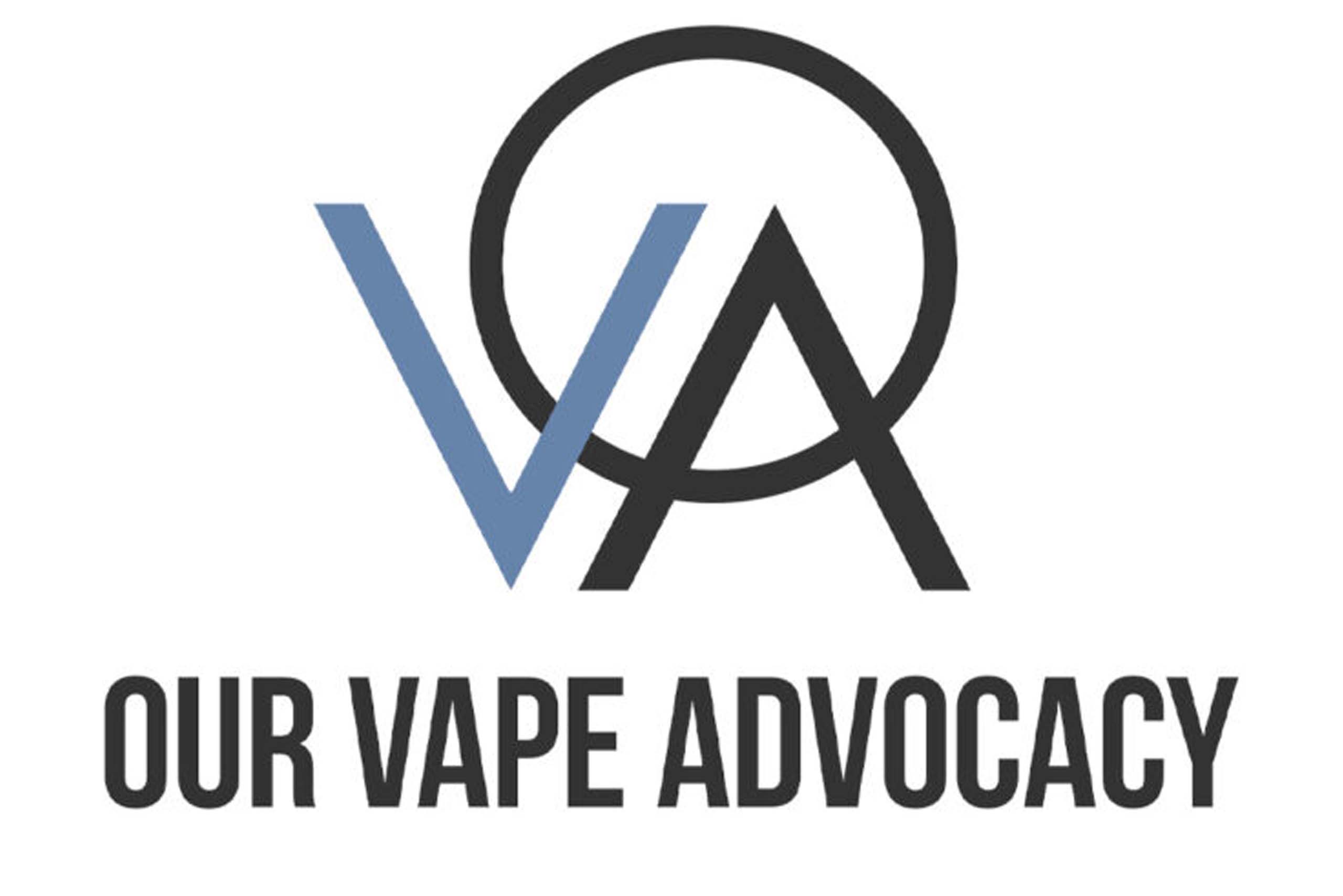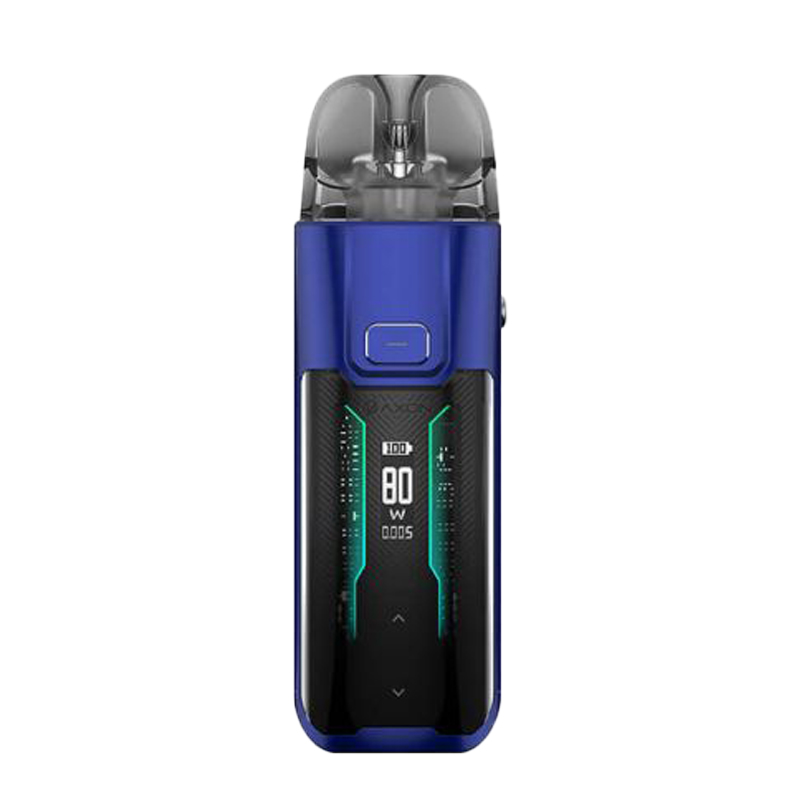The Rise and Fall of Disposable Vapes in the UK: Navigating the Single Use Vape Ban
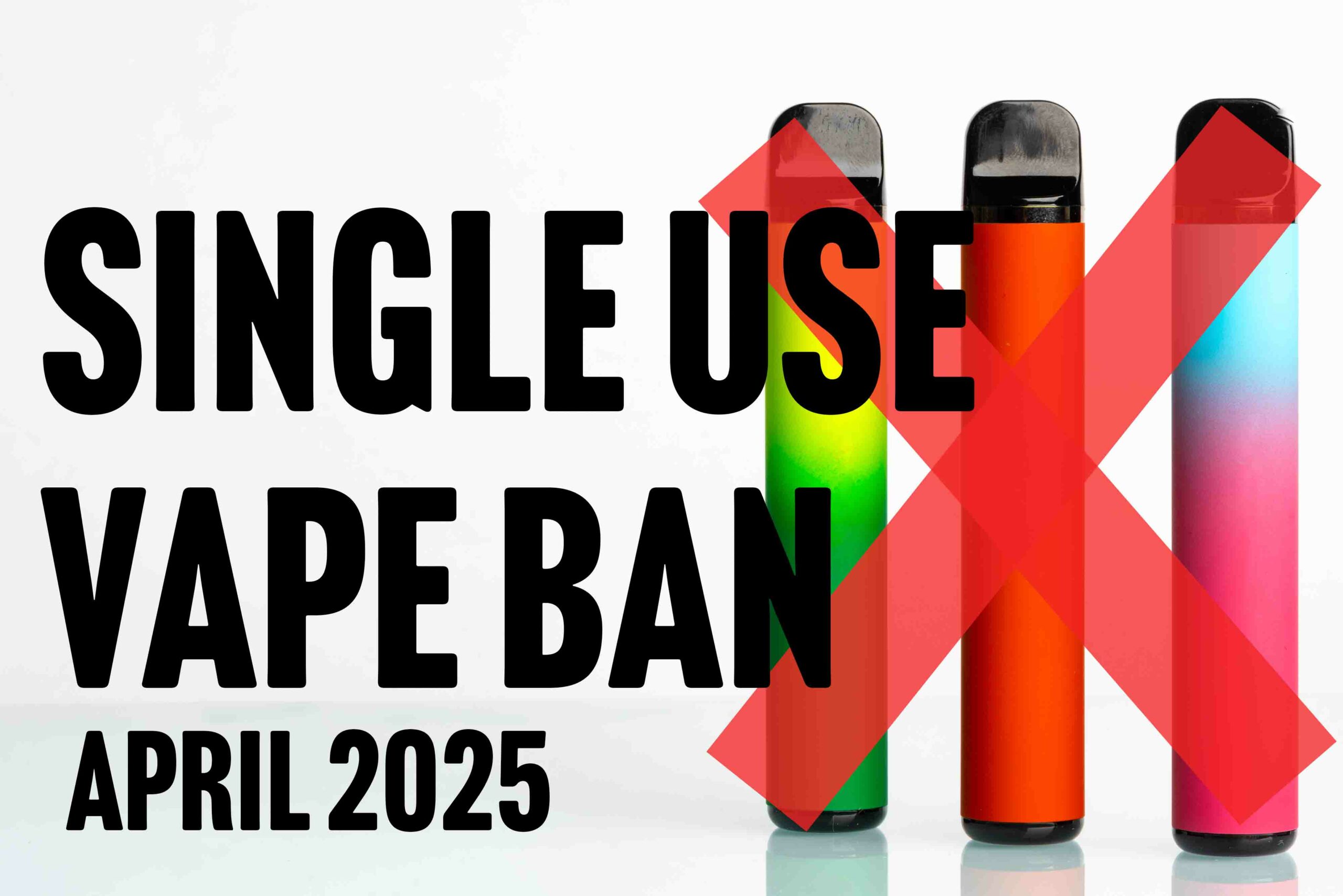
In recent years, the UK has witnessed a remarkable surge in the popularity of disposable vapes, a trend significantly accelerated by the global pandemic. These single-use devices, celebrated for their convenience and accessibility, rapidly became a staple among adult vapers and, controversially, among younger users. The market’s swift expansion was further fuelled by an influx of enticingly flavoured products, many of which originated from Chinese manufacturers, reclaiming their foothold in the UK vaping market. However, the rise of disposable vapes has not come without its challenges.
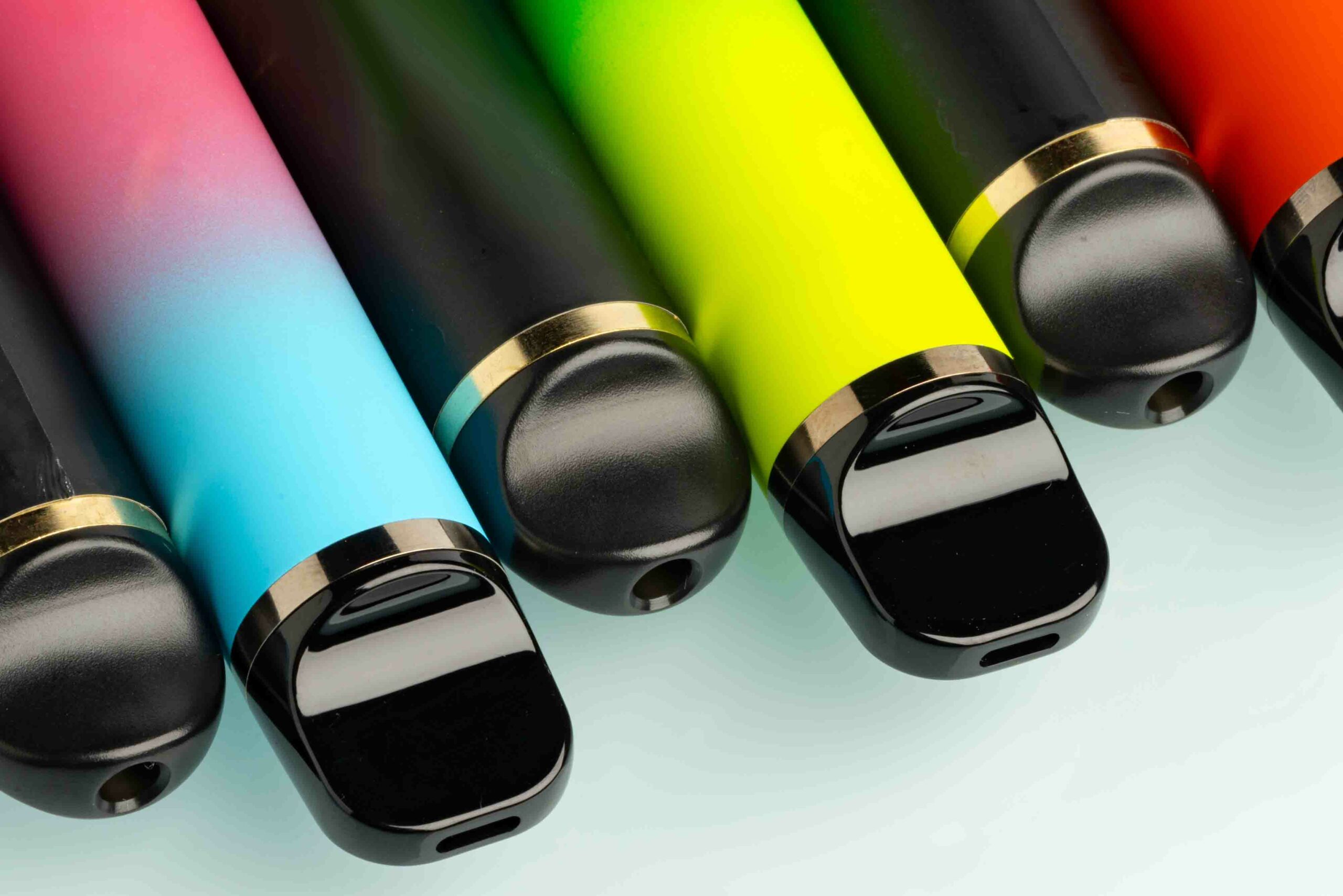
Issues such as underage vaping have escalated, with disposable devices being particularly appealing to the youth due to their discreet nature and flavourful options. This situation has been compounded by the proliferation of illicit vaping products, including those offering “big puff” counts and higher nicotine levels than the UK’s legal limit of 20mg per ml and less than 2ml capacity. The result is a market awash with non-compliant products, overwhelming trading standards and posing significant regulatory hurdles. Recognising the multifaceted problems presented by the disposable vape industry—from public health concerns to environmental impacts—the UK government has decided to intervene decisively. A ban on single-use disposable vapes has been announced to take effect in April 2025. This legislative move aims to curb the negative trends associated with disposable vapes, including the significant waste they generate, becoming an ever-increasing environmental burden. At Vapeaholic, we are aligned with the stance of Our Vape Advocacy, supporting the government’s decision to phase out disposable vapes. While we offer disposable vape products, we ensure that every item we sell entirely complies with current UK regulations, demonstrating our commitment to responsible retailing and consumer safety. As we navigate these changing tides, Vapeaholic remains dedicated to providing our customers with sustainable and compliant vaping solutions.
The Rise of Disposable Vapes
Pandemic-Driven Popularity?
The COVID-19 pandemic played a pivotal role in altering consumer behaviour across numerous industries, with the vaping sector experiencing a significant shift toward disposable vapes. The lockdowns and restrictions led to a surge in demand for convenient, easy-to-use nicotine delivery systems that required minimal maintenance and no setup. Disposable vapes fit the bill perfectly, offering a hassle-free experience that appeals to both seasoned smokers looking for alternatives and newcomers seeking an accessible entry point into vaping.
Advantages of Disposable Vapes
Disposable vapes gained traction due to several key features:
- Convenience: These devices are ready to use right out of the package, eliminating the need for charging or refilling, which appeals to users seeking simplicity.
- Portability: Their compact and lightweight design makes them easy to carry and use.
- Variety: A wide range of flavours, more so than what is typically available in refillable devices, helped captivate a broad audience, catering to individual preferences and tastes.
Market Impact and Chinese Influence
The rise of disposables also coincided with an aggressive push by Chinese manufacturers, who quickly capitalised on the growing market in the UK. These manufacturers were able to flood the market with a variety of options at competitive prices, making disposable vapes an even more attractive option. The variety and accessibility of these products not only satisfied existing consumer demand but also encouraged new users to try vaping as an alternative to smoking.
Regulatory Challenges
As disposable vapes became increasingly popular, they also began to skirt the fringes of UK vaping regulations, particularly those designed to cap nicotine content and limit tank sizes. The market saw an influx of products that exceeded the permissible nicotine concentration of 20mg/ml and offered more than the 2ml capacity limit, standards set by the UK to safeguard consumers and prevent excessive nicotine intake. Many of these products entered the market under the radar, escaping rigorous checks, leading to the widespread availability of non-compliant and often potent vaping devices.
Issues with Disposable Vapes
As disposable vapes surged in popularity, they brought with them a host of issues that have complicated regulatory efforts and raised severe public health and environmental concerns. Below, we delve into the critical problems associated with these devices.
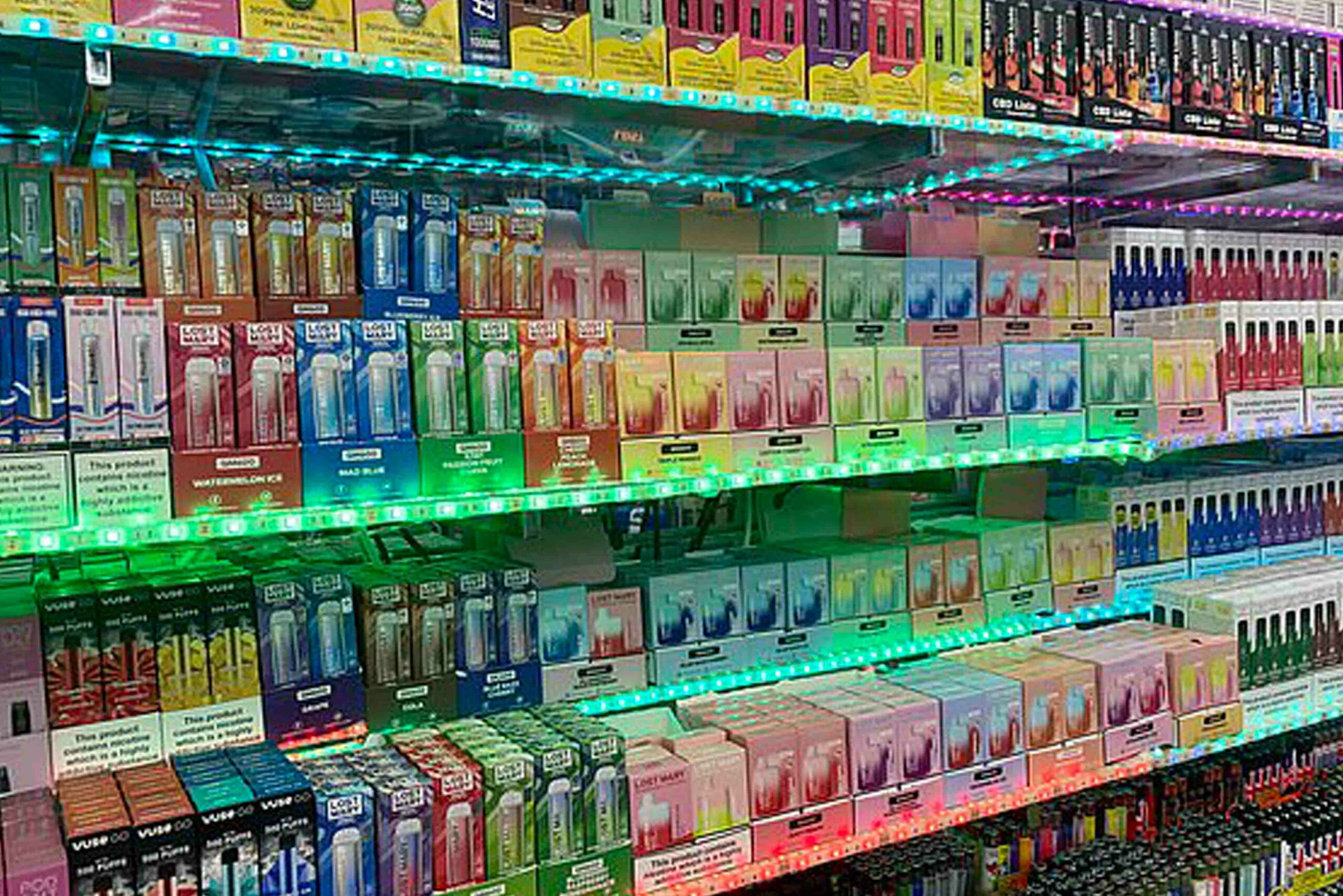
Contribution to Underage Vaping
One of the most pressing concerns with disposable vapes is their appeal to younger demographics, particularly teenagers. The ease of access and the vast array of appealing flavours, such as fruity and sweet options, have made these products especially attractive to minors. This issue is compounded by the discreet nature of these devices, which makes it easier for underage users to vape without drawing attention. The simplicity of use—requiring no setup or maintenance—further lowers the barrier for experimentation by youths, contributing to an uptick in underage vaping.
Influx of Illegal and Non-Compliant Products
The market for disposable vapes has also seen a concerning rise in the availability of illegal and non-compliant products. These include “big puff” devices that offer more than the standard number of puffs per device and vapes containing nicotine concentrations exceeding the UK’s legal limit of 20mg/ml. Such products often skirt or outright ignore regulatory standards, posing significant challenges for enforcement:
- Regulatory Challenges: Trading standards face increasing difficulties in monitoring and controlling the market due to the sheer volume and variability of products entering from overseas.
- Safety and Quality Concerns: These non-compliant products often lack proper quality control, leading to safety issues ranging from device malfunctions to inconsistent and dangerously high nicotine delivery.
Environmental Impact
Disposable vapes pose significant environmental challenges. Unlike reusable systems, ‘single use’ vapes contribute to a substantial increase in waste:
- Waste Accumulation: Each disposed unit adds to landfill waste. The environmental impact is considerable given the materials involved—plastics, metals, and electronic components.
- Recycling Challenges: Disposable vapes are difficult to recycle. Many components are made from a mix of materials that are not easily separated, making effective recycling costly and complex.
- Resource Consumption: The production of disposable vapes involves significant resource use, including the extraction and processing of metals for batteries and the manufacturing plastic parts. This resource use is intensified by the products’ short lifespan and disposable nature.
Government Response and Industry Impact
As concerns escalate around the environmental impact, public health, and underage vaping, the UK government has decided to implement a comprehensive ban on single-use disposable vapes by April 2025. This decision marks a significant shift in regulatory policy to curb the negative trends associated with these products. Let’s explore the implications of this ban and the reaction from the vaping industry.
Government’s Decision to Ban Single-Use Vapes
Impact on Public Health: The ban aims to enhance public health outcomes. By removing easily accessible, high-nicotine, single-use vapes from the market, the government aims to reduce nicotine addiction rates, particularly among teens and young adults who are most susceptible to the allure of flavoured vaping products. This move is expected to lower the rates of underage vaping, which has been a growing concern with the rise of disposable vapes.
Environmental Sustainability: Disposable vapes pose a significant environmental challenge due to their non-biodegradable waste that accumulates in landfills. The ban will likely significantly reduce vape-related waste, aligning with broader environmental goals and commitments to reducing single-use plastics and electronic waste. This is a crucial step toward sustainability in an industry criticised for its disposable culture.
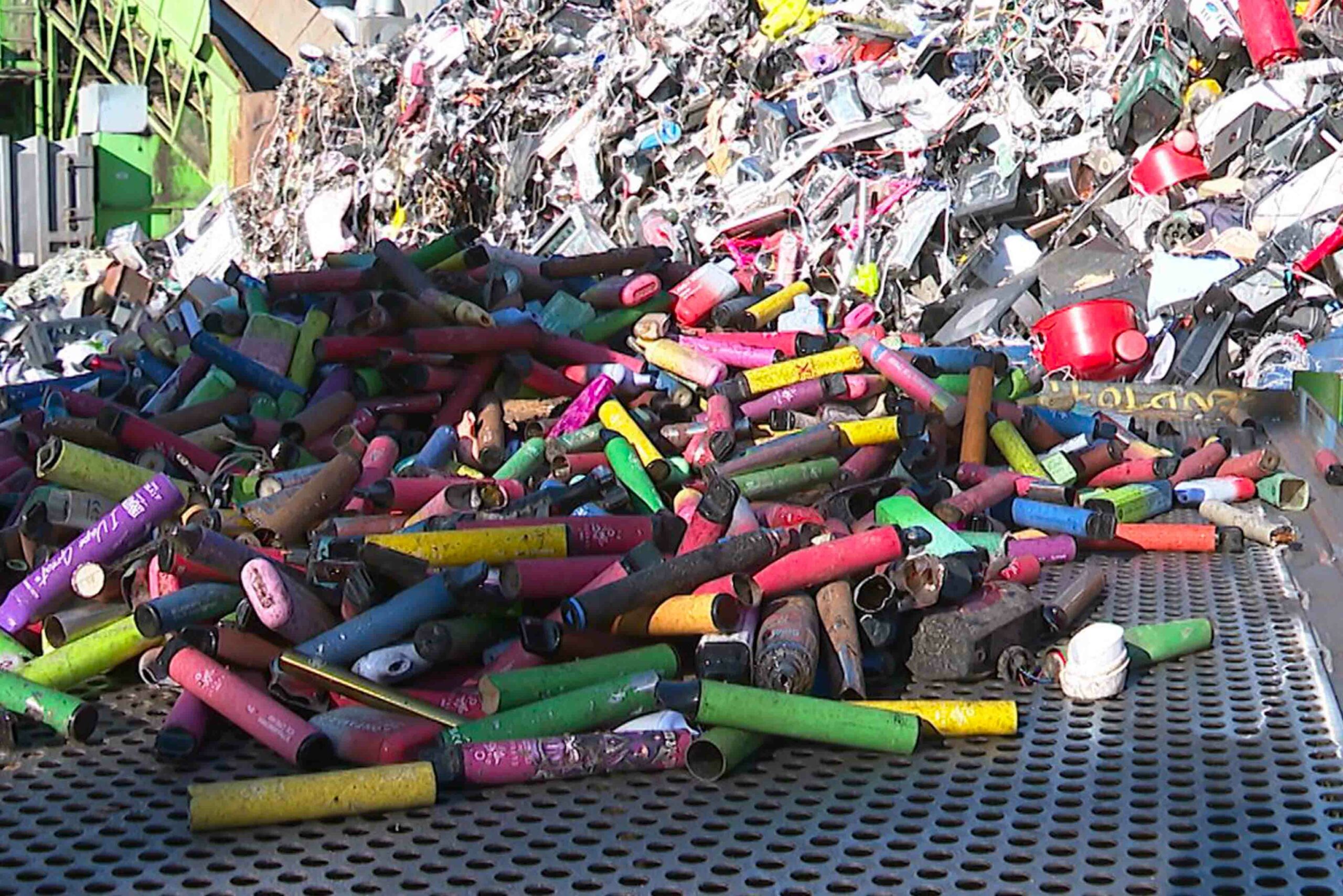
Regulatory Enforcement: The ban will simplify enforcement and compliance checks for trading standards by phasing out a product category that has been notoriously difficult to regulate due to the influx of illegal and non-compliant imports. This move should lead to a cleaner market with more straightforward guidelines for what products can be legally sold and distributed.
Industry Reaction
Reputable Retailers: Many reputable retailers have already begun preparing for the upcoming changes by adjusting their business models and product lines. Retailers like Vapeaholic are focusing on selling compliant devices that are reusable and environmentally friendly, anticipating a shift in consumer preferences towards more sustainable options. These retailers are also ramping up educational efforts to inform consumers about the benefits of switching to reusable vapes, which offer both environmental benefits, better long-term value and a more customisable vaping experience.
Broader Vaping Industry: The reaction of the broader industry has been mixed. While some manufacturers and retailers express concern about the financial impact of the ban, mainly those heavily invested in the production and sale of disposables, others see it as an opportunity to innovate and lead in creating more sustainable and responsible products. There is also a significant push from within the industry to improve the image of vaping as a legitimate and accountable alternative to smoking rather than a mere convenience or trend.
Advocacy and Compliance: Industry bodies and advocacy groups are engaging with the government to ensure that the transition from disposables is smooth and that the regulations are clear and fair. There is a strong emphasis on providing the new rules to protect consumers, support public health, and foster a sustainable market environment.
Vapeaholic’s Position and Compliance
As the UK government moves towards banning single-use disposable vapes, Vapeaholic stands at the forefront of the industry, advocating for responsible practices and sustainable solutions. As a proud member of Our Vape Advocacy, Vapeaholic supports the ban and actively participates in shaping a vaping culture that prioritises public health and environmental sustainability.
Supporting the Government Ban
Alignment with Public Health Goals: Vapeaholic recognises that the widespread availability of single-use disposables has contributed significantly to underage vaping and increased waste. Supporting the ban aligns with our commitment to public health and responsible vaping. This regulatory step is crucial in mitigating the unintended consequences of disposable vape products, especially in protecting young people from nicotine addiction.
Environmental Advocacy: As part of Our Vape Advocacy, Vapeaholic is deeply concerned about the environmental impact of disposable vapes. These products contribute substantially to electronic waste, which is difficult to recycle and ends up in landfills. By supporting the ban, Vapeaholic advocates for a shift towards more sustainable consumption patterns within the vaping industry.
Commitment to Compliance and Safety
Selling Legally Compliant Products: Vapeaholic’s inventory strictly includes products that meet all current UK regulations. This commitment ensures that all disposable vapes sold have no more than 20mg/ml of nicotine and do not exceed the 2ml e-liquid capacity limit, adhering to the TPD regulations (Tobacco Products Directive). We diligently verify the compliance of all products through rigorous checks before they are stocked.
Safety Measures: Beyond compliance with nicotine content and capacity regulations, Vapeaholic ensures that all vape products, including disposables, meet safety standards related to battery life, device materials, and e-liquid quality. Regular audits and supplier certifications are part of our procurement process to safeguard consumer safety.
Educational Initiatives: Vapeaholic invests in consumer education to ensure that users are informed about the features of compliant products and the importance of using them responsibly. Through in-store advisories, online resources, and direct communication, we provide clear information on product use, maintenance, and disposal, emphasising the environmental benefits of reusable options.
Advocacy for Better Practices: Vapeaholic actively participates in industry discussions to advocate for higher standards and better regulatory practices. Working with regulatory bodies, other businesses, and consumer groups, we help shape policies that promote safety, sustainability, and public health.
Transitioning from Disposables
With the impending government ban on single-use disposable vapes, many users may be seeking alternatives that continue to meet their needs without contributing to environmental degradation or encouraging non-compliant practices. Reusable vaping devices like pod systems offer a viable and sustainable solution. Here’s how vapers can switch and what benefits they might expect.
Alternatives to Disposable Vapes
- Reusable Pod Systems: These devices have a rechargeable battery and a refillable pod. Unlike disposables, the pods can be refilled several times with e-liquid before needing replacement. Pod systems are compact, user-friendly, and available in various designs to suit different preferences.
- Vape Pens and Mod Systems: For those looking for more control over their vaping experience, vape pens and more advanced mod systems offer adjustable settings like temperature and airflow. These devices use refillable tanks and replaceable coils, providing a longer lifespan and potentially a better vaping experience in terms of flavour and cloud production.
- All-In-One (AIO) Systems: AIO systems are excellent for beginners transitioning from disposables. They offer simple, maintenance-friendly features with the convenience of a pod system but with the capability and power of a larger mod.
Benefits of Switching to Reusable Systems
Cost-Effectiveness: One of the most immediate benefits of switching to reusable vaping devices is cost savings. While the initial purchase price of a reusable system might be higher than a disposable one, over time, the ability to refill with e-liquid and replace only certain components of the device (such as coils or pods) rather than the entire system results in significant savings.
Environmental Impact: Reusable systems considerably reduce waste. Disposables contribute substantial electronic waste to landfills, where their batteries and plastic components pose environmental hazards. Users significantly reduce waste by opting for a reusable device, as these devices are designed to last for many months or even years with proper maintenance. Additionally, the reduction in packaging waste further minimises their environmental footprint.
Quality and Customisation: Reusable devices generally offer better quality vapour and more flavour options than disposables. They allow users to adjust settings to suit their vaping preferences and try a broader range of e-liquid flavours. This customisation can enhance the vaping experience, making it more enjoyable and suited to individual preferences.
Health and Safety: Reusable devices can be safer than disposables, mainly when sourced from reputable manufacturers. These devices often have safety features like temperature control and cut-off mechanisms to prevent overheating and battery failures. Moreover, using e-liquids from established, reliable brands ensures that the vape juice is free from harmful contaminants and adheres to safety standards.
Environmental Considerations
The environmental impact of disposable vapes is a significant concern that has played a crucial role in the UK government’s decision to ban these products. While convenient, disposable vapes present substantial challenges regarding waste management and sustainability. Here, we will explore the lifecycle of disposable vapes, their disposal issues, and the broader environmental implications of their widespread use.
Lifecycle of Disposable Vapes
- Manufacturing: The production of disposable vapes involves several resource-intensive processes. These include extracting and processing raw materials such as lithium for batteries, plastics for the casing, and metals for the internal components. Each step consumes energy and generates waste, contributing to the carbon footprint of these devices.
- Transportation: After manufacturing, disposable vapes must be transported to various markets, adding to their environmental impact through carbon emissions associated with shipping processes. They are often transported over long distances from manufacturing sites in Asia to consumers in the UK and elsewhere.
- Usage: Disposable vapes are designed for short-term use with no option for refilling or recharging. The entire device becomes waste once the e-liquid is depleted or the battery dies. This single-use nature leads to higher consumption rates of such devices, exacerbating waste generation.
- Disposal: Disposing of disposable vapes poses significant challenges. Most units end up in landfills where they are not biodegradable. The lithium-ion batteries they contain can pose hazards if not handled properly, including the risk of fire and toxic chemicals leaching into the environment.
Disposal Issues
The disposal of disposable vapes often needs to comply with electronic waste regulations. Many users may need to be made aware of or may not have access to proper e-waste recycling facilities and thus dispose of vapes in general waste bins. This improper disposal exacerbates the potential for environmental harm, particularly from battery leakage.
Environmental Impact of Single-Use Vapes
Expert Opinions and Data:
- According to environmental experts, the rapid increase in the disposal of e-cigarettes is contributing to the global crisis of electronic waste. A Global E-waste Statistics Partnership report notes that e-waste is one of the fastest-growing waste streams, and small electronics (such as vape pens) play a significant part in this increase.
- Studies have shown that metals from disposed electronic devices, including those found in disposable vapes, can leach into groundwater, posing risks to aquatic life and human health. The plastics used can take hundreds of years to decompose, releasing microplastics and other pollutants into the environment.
The decision to phase out disposable vapes by April 2025 marks a significant step forward in addressing the multifaceted challenges presented by the rise of single-use vaping products in the UK. Throughout this discussion, we have explored the various dimensions of this issue, affirming the rationale behind the forthcoming ban, and highlighting the proactive role of responsible retailers like Vapeaholic.
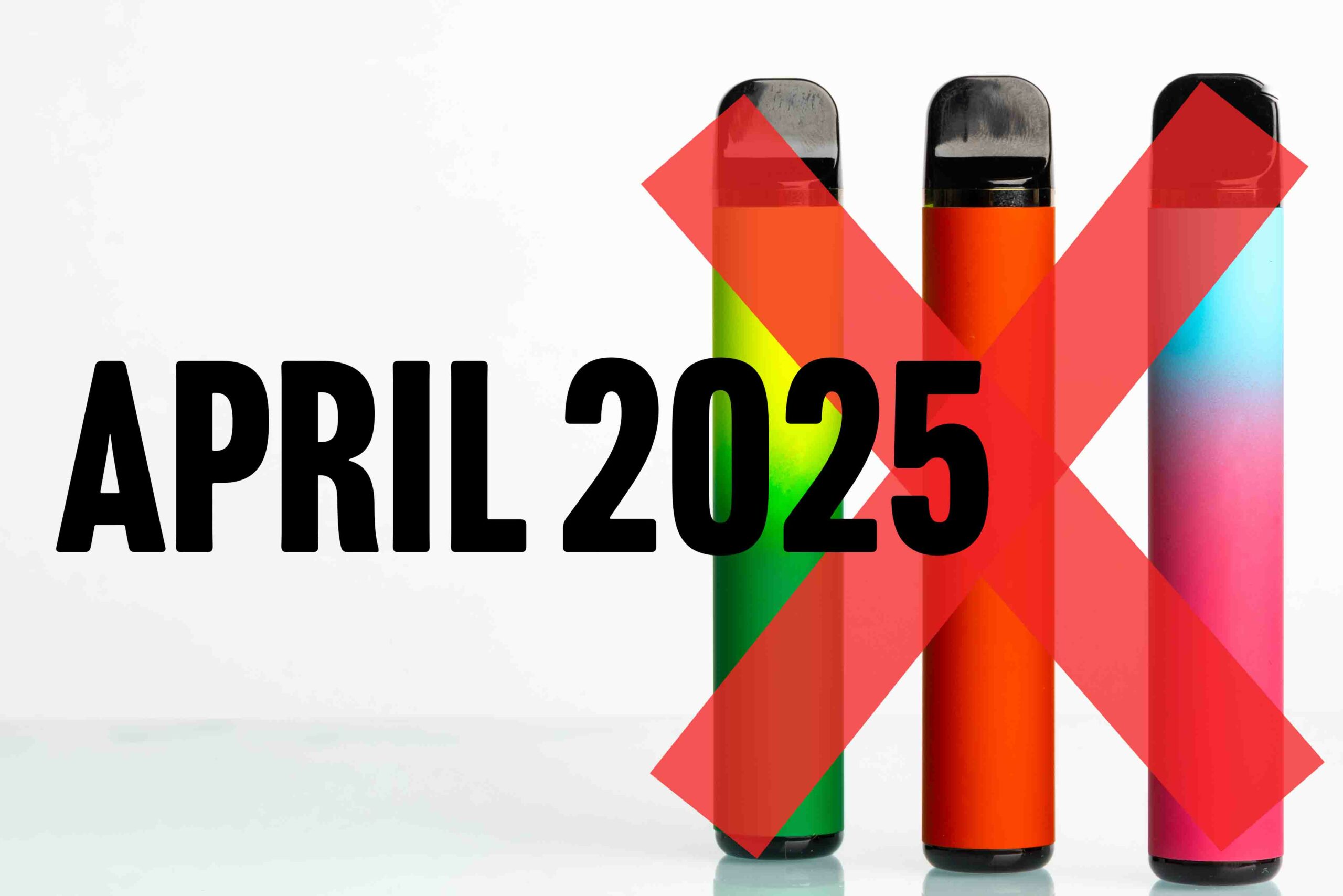
Vapeaholic’s Commitment
As a member of Our Vape Advocacy and a leader within the vaping community, Vapeaholic is fully committed to supporting the government’s ban on disposable vapes. We are dedicated to upholding the highest standards of compliance and responsibility in all our offerings. Our product lineup, which includes only legally compliant and environmentally conscious options, reflects our commitment to adhere to existing regulations and lead by example in the transition towards sustainability.
- Consumer Education: Vapeaholic continues to invest in educating our customers about the benefits of switching to reusable vaping systems, including enhanced user experience and reduced environmental impact.
- Community Engagement: We actively engage with the vaping community, regulators, and environmental groups to support and promote initiatives to reduce vaping’s ecological footprint and improve public health outcomes.
Moving Forward
As the vaping industry evolves in response to new regulations and changing consumer preferences, Vapeaholic remains at the forefront, committed to innovation, compliance, and education. We encourage our customers and the broader community to join us in embracing these changes, which promise a healthier, more sustainable future for vaping.
By supporting the ban and advocating for responsible vaping practices, we contribute positively to public health and environmental protection, reinforcing our dedication to being a part of the solution in the vaping industry.
